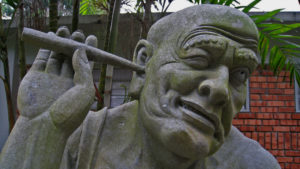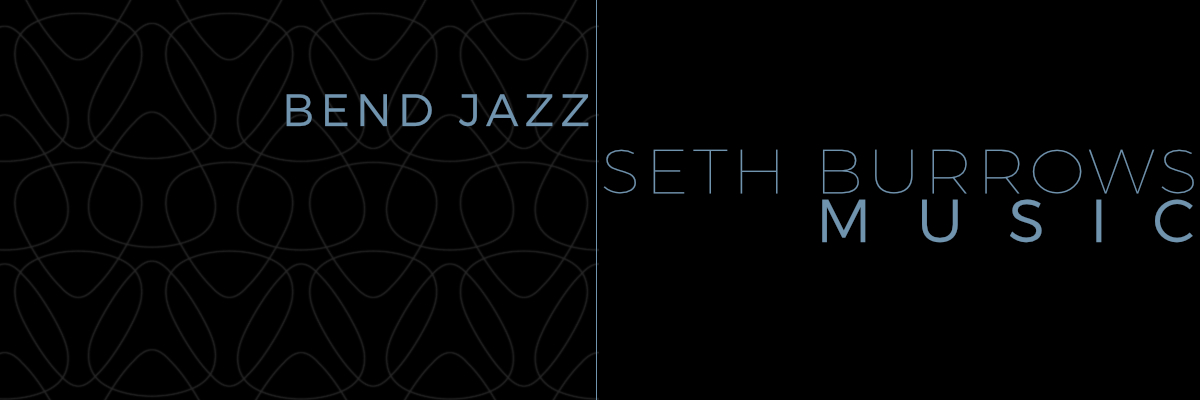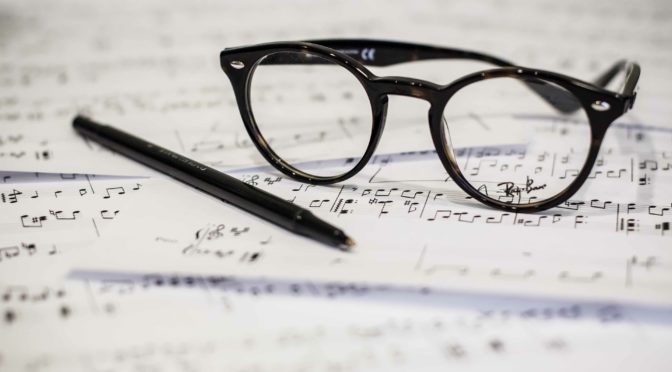It’s not always possible to have your instrument with you when you travel, so these are times that you’ll have to find creative ways to practice and keep your mind focused on music. Here are a few tips to help you make it through the dark times.
1. Get a good ear training system.

I invented my own, to help me identify notes after a C Major Triad is played. If this sounds like something you’d be interested in, send an email to seth@bendjazz.com to get week one of my note naming system at no cost to you. There are also other kinds of ear training systems available, such as the ear training app functional ear trainer and others that basically do the same kinds of things: help you develop a great sense of relative pitch. Ear training is super important. It helps you translate what you hear into what you play, and all these courses are graduated systems for shortening the time between hearing something and being able to play it on your instrument.
2. Try transcribing (and in this case, I do actually mean listening to something and writing it down) with no instrument.
Even if you can’t tell exactly what key something is in, you can probably get pretty close in determining relative positions of notes. And even if you can’t do that all that well, you can definitely use this as an opportunity to concentrate on getting all the rhythmic notation exactly right.
3. Take a piece you’ve been working and “air guitar” the piece .
Play the piece and actually move your fingers and picking hand trying as much as possible to approximate actual guitar playing. You can also try using some kind of “surrogate guitar” (I’ve used my arm, a random cut off piece of 2 x 4, or you could try one of the two or three “guitar trainers” on the market), if you find fingering in the air too difficult.
4. Try a complete visualization.

As a kind of meditation, visualize yourself in as much detail as possible, using as many senses as possible, you playing through a particular tune you’ve been working on. Visualize the sound, obviously, but also how the instrument feels in your hands, how the strap feels across your shoulder, how the pick feels in between your thumb and forefinger. Then visualize playing through the whole tune flawlessly, effortlessly.
5. Write out a lead sheet for a tune you think you know.
If that’s too easy, write a lead sheet in a completely different key. If that’s too hard, you can at least try to write out a chord chart.
All of these things can be ways you can try to practice without having to be in close proximity to your instrument. These are just good things you can use to exercise your internal musical abilities anywhere: on the bus, on the train, in an airplane, or any time you find that you have free time and can devote a few minutes of attention to music. I mean, what else are you gonna do? Listen to a podcast? 😉




